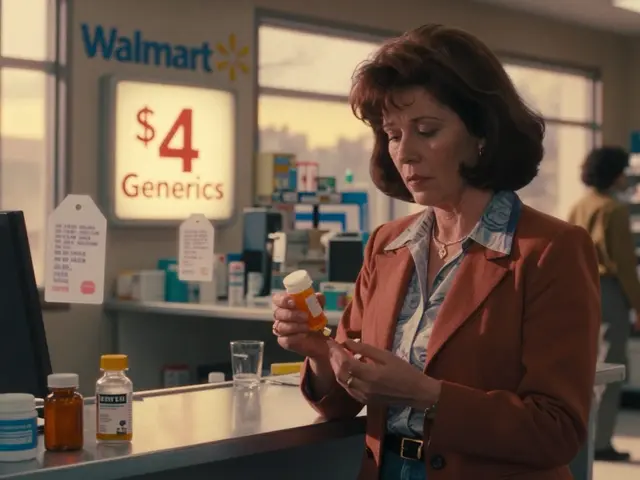Medication discounts: how to cut prescription costs without risking safety
Sticking to your meds shouldn't drain your wallet. Medication discounts are real, but not all deals are safe. I’ll show practical ways to save on prescriptions and how to avoid scams so you keep both your health and your money.
Quick ways to save today
Start with free tools: price-comparison apps and coupon sites often shave off big chunks from list prices. Use GoodRx, Blink Health, or pharmacy loyalty apps to compare cash prices before using insurance. Generic versions are usually much cheaper—ask your doctor or pharmacist if a generic works for you. Buying a 90-day supply instead of monthly refills can cut costs if your prescription is stable. Check manufacturer coupons or patient assistance programs for brand-name drugs; they can offer large discounts or free samples.
Stay safe when hunting discounts
Cheap online pharmacies can be tempting, but safety matters. Only use pharmacies that ask for a valid prescription and display verified seals like VIPPS or similar local certifications. Avoid sites that sell controlled drugs without a prescription or promise “miracle” prices—those are often scams or counterfeit medicines. Read pharmacy reviews and look up the business address and phone number. If a deal sounds too good, it probably is.
Consider mail-order pharmacies tied to your insurer or well-known chains with online services. They often have lower per-pill prices and free shipping. Telehealth services can help with legitimate short-term prescriptions, but use reputable providers and get a proper diagnosis. For international pharmacies, be cautious: laws vary and shipping can be slow or risky. When ordering from abroad, check import rules and only use vendors that require prescriptions and provide batch information.
Save by changing how you pay. Some pharmacies accept cash prices lower than insured copays for certain drugs. Compare the out-of-pocket cash price to your insurance copay before you hand over your card. Use discount cards or single-use coupons for expensive meds; they often reduce cost more than insurance for one-off purchases.
Ask your pharmacist for practical tips—substituting a different pill size, switching brands, or changing the dosing schedule can affect price. Also ask about patient assistance programs linked to hospitals or nonprofits, especially for chronic and costly treatments. If you take multiple meds, ask for synchronized refills so you only pay shipping once and save on pharmacy trips.
Track your savings and safety. Keep receipts, note lot numbers for new batches, and report any unexpected side effects. If a medication looks different in color or packaging, verify it with your pharmacist before continuing. Saving money on drugs should never mean compromising on authenticity or care.
Make a simple plan: list your medications, note prices at two local pharmacies and one reputable online option, and ask your doctor about generic or therapeutic alternatives. Recheck prices every three months—discounts change. Finally, use a single trusted source for prescriptions or refill syncing to reduce mistakes. Small regular checks can save hundreds a year without risking your health and protect your budget.

